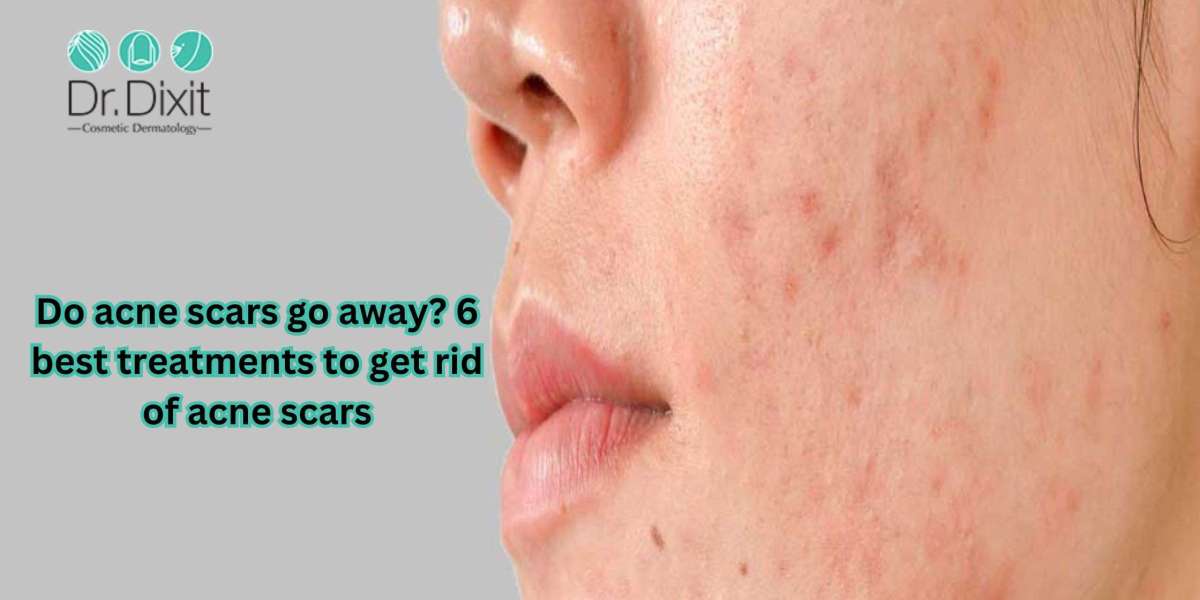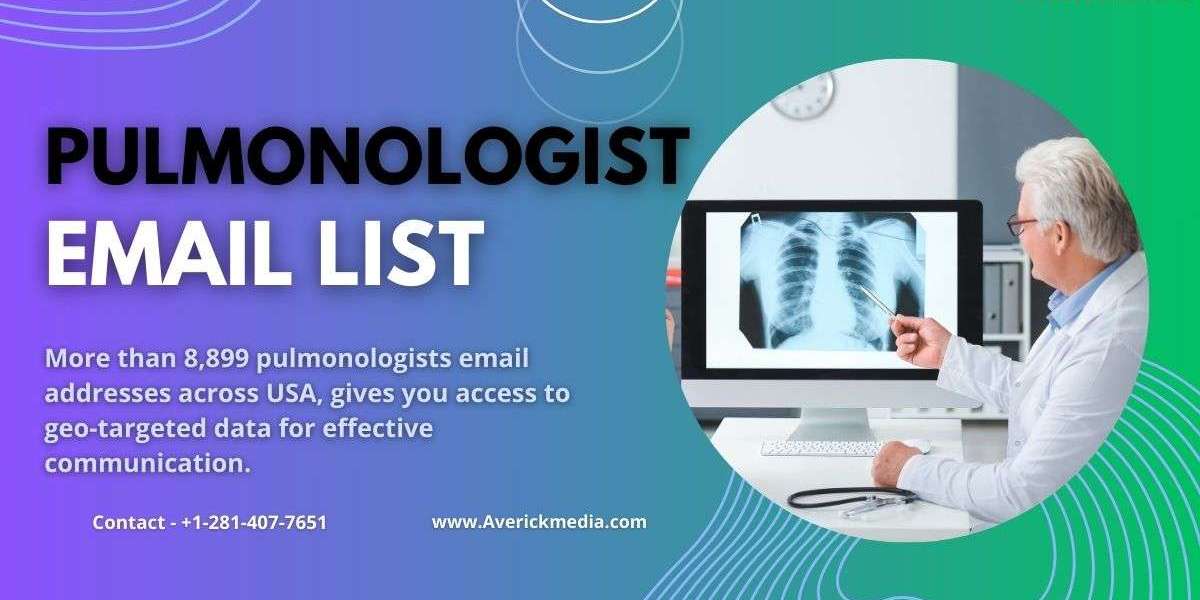Acne affects both teenagers and adults. The appearance of comedones (blackheads), micro cysts (whiteheads), pustules, and nodules (subcutaneous inflammation) resulting from sebaceous gland blockage differentiates it. As per the best dermatologist in Bangalore, Dr. Rasya Dixit, acne scars are defined based on whether collagen decreases (atrophic scars) or increases (hypertrophic or keloid scars). The most common type of acne scar is the atrophic acne scar, which can be classified into three types: icepick, boxcar, and rolling scars.
Are your acne scars stubborn and dark? Then, this blog by Dr. Rasya Dixit will help you learn more about the type of acne scar you are dealing with and the treatment you need to get it removed.
What type of acne scar do I have?
Acne may result in a variety of scars. On the other hand, the dermatologist can identify the difference by looking at the skin's condition. Types include:
1. Atrophic scars: Atrophic scars result in sunken scars of various shapes, such as:
Icepick (narrow, deep trenches)
Boxcar (large dents with a slanted edge)
Rolling (wide, sharp-edged dents).
2. Hypertrophic and keloid scars: Hypertrophic and keloid scars have prominent and lumpy scars.
3. Post-inflammatory hyperpigmentation: When an individual has post-inflammatory hyperpigmentation, they have red, white, or dark spots where they used to have acne. These are not scars since they don't form scar tissue.
What are the causes of acne scarring?
When they penetrate deeply, acne outbreaks damage the skin and tissue. As the acne disappears, the body strives to repair the damage it has caused.
During the healing process, the body produces collagen, a protein that supports the skin. Scars develop when the body produces either too little or too much collagen.
The type of scar can be identified by the amount of collagen produced by the body.
Scars form when the body produces insufficient collagen, depressions or pits as the skin heals.
Raised acne scars develop when the body produces excessive collagen to heal the skin and tissue underneath. When this takes place, a raised acne scar forms.
Despite the best attempts to avoid acne scars, some people develop them. There are several treatment options available that can significantly minimize depressed and elevated acne scars.
How do you get rid of acne scars?
Here are the 6 best Acne Scar Treatment in Bangalore:
There is no single effective therapy for treating acne scars. Scars are usually difficult to remove altogether, but they can be considerably improved with the proper methods and combinations. Multiple therapy sessions may be required depending on the nature and depth of the wounds. Combining numerous treatments is recommended because various acne scars affect different skin layers.
1. High-quality topical medication
The Best dermatologist in Bangalore, Dr. Rasya Dixit, initiates treatment with some prescription medication. Some topical treatments can improve the appearance of scars. Patients, for example, may be given retinoids as part of their daily skincare regimen.
Vitamin A derivatives are retinoids. They help speed up skin cell regeneration and turnover. They are suitable for acne treatment since they reduce discolouration and scarring. They also come in various strengths and are present in several over-the-counter acne treatments. A prescription retinoid will be needed to treat the scars. Because retinoids make the skin more sensitive to the sun, use sunscreen in the morning and as required during the day.
2. Chemical peels
In this procedure, skin experts apply a chemical solution to the face during a chemical peel. The solution contains unique acids that can exfoliate dead skin cells from the skin's layers. Alpha-hydroxy acids (AHAs), like glycolic, mandelic, citric, and lactic acid, are the most common chemicals in chemical peels. Some contain beta-hydroxy acids, such as salicylic acid.
The skin begins to peel off after the chemical peel, revealing fresh, new skin beneath. Patients may notice how effective this treatment is for acne scars.
Chemical peels are classified based on the area of the skin affected:
Superficial peels address sunspots and pigmentation issues by targeting the skin's outermost layer.
Medium peels, on the other hand, aim at the dermis and are perfect for wrinkles, fine lines, and shallow acne scars.
Deep peels affect the skin's deepest layer and should only be performed by a chemical peel professional.
Depending on the severity of the acne scars, the dermatologist can use a medium peel, particularly trichloroacetic acid (TCA), over several sessions to treat them. Chemical peels are among the most effective and noninvasive acne scar removal treatments. Some peels are unsuitable for darker skin types since they can cause burning and discolouration. Make an appointment with a chemical peel specialist familiar with multifaceted peels.
3. Laser treatment
Laser resurfacing is one of the most effective procedures to reduce acne scars. Laser therapy is used to treat ice-pick scars, box scars, crater scars, and rolling scars. Technological advancements have also made lasers helpful in treating hypertrophic scars.
Laser therapy is delivered through a device that emits specific wavelengths of light. These laser beams tear down scar tissue and promote new collagen formation. As a result, acne scars are significantly reduced, and the skin is smooth and attractive. Lasers are quite successful at reducing the visibility of acne scars. On the other hand, patients should only consult a board-certified dermatologist with proper education.
4. Microneedling
Microneedling RF therapy is a high-intensity, concentrated radiofrequency treatment that uses insulated microneedles to deliver precise energy into the deeper skin layers. The needles of the microneedling RF device provide energy to various layers of the dermis. The heat effect induced in the dermis will be considerable, resulting in apparent collagen stimulation and dermal remodelling.
One of the primary benefits of this procedure is that it is safe for all skin types. This procedure tightens and volumizes the dermis to improve its quality. It is used to treat skin laxity and dark circles beneath the eyes. It is suitable for healing acne scars.
5. Fractionated radiofrequency
This treatment uses heat to enhance skin remodelling and is particularly effective for acne scars. It is "colour blind" and hence "great for treating a range of dermatological conditions in skin of colour.
6. Dermal fillers
Finally, a dermatologist may recommend dermal fillers for severe acne scars that do not respond to other resurfacing Acne Scar Treatment in Bangalore. Icepick scars found deep in the cheeks or chin may not always react to increased collagen production. However, because dermal fillers can enhance skin volume in a specific location, they may be an excellent choice for severe acne scars.
Acne scars can make one look dull and less confident in their appearance, but getting help from a dermatologist can help make the concern effective. If you are dealing with acne scar concerns, consult Dr. Rasya Dixit today at her clinic.



